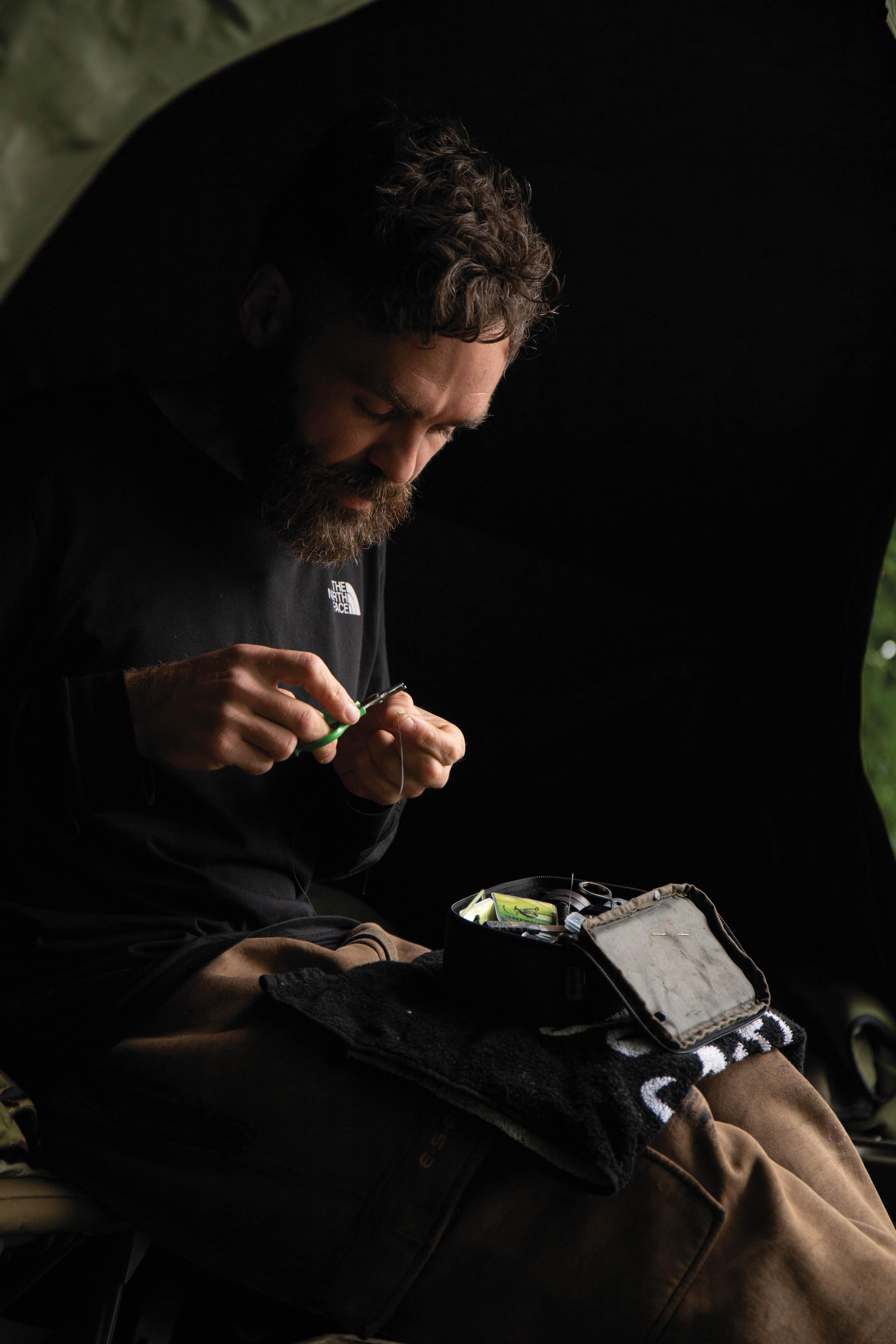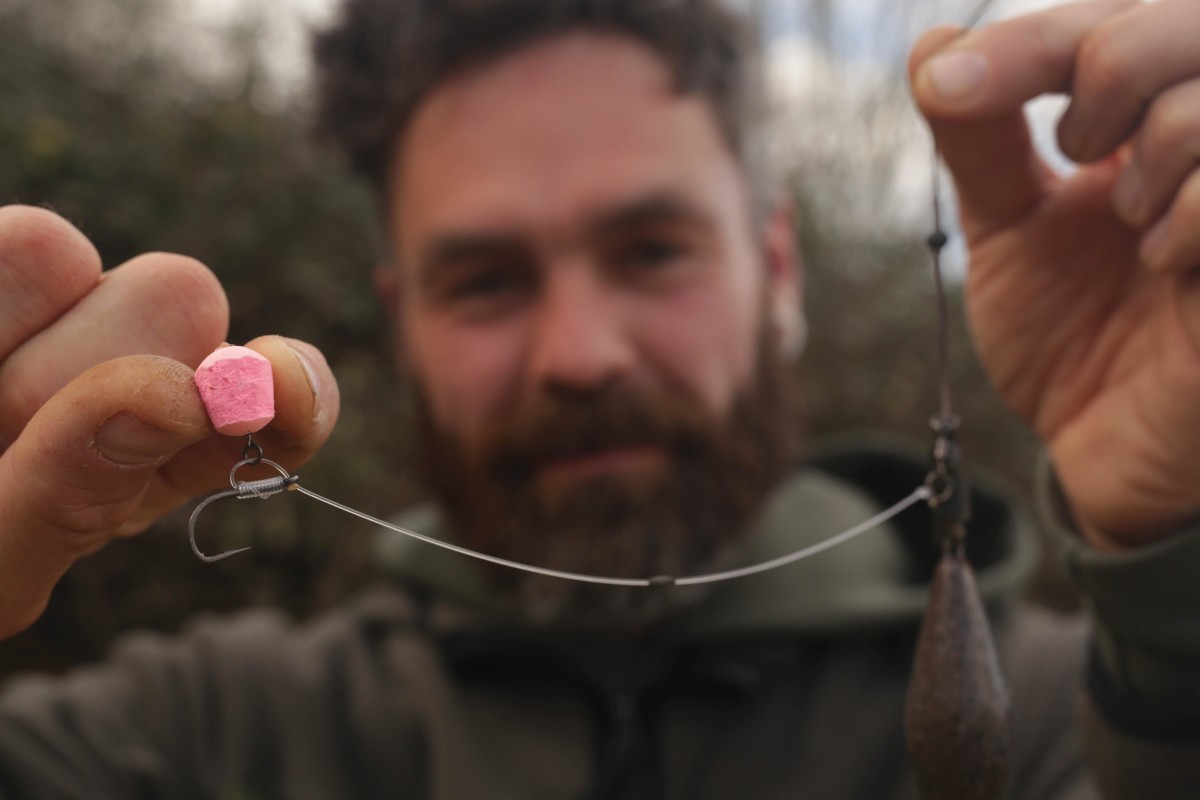
Just Add Finesse - Part 2
In part 2 of this read, Gaz continues to consider a seemingly insignificant word, and how it can have an important part to play in your carp angling…
To find out the first 5 ways to add finesse to your carping, click here!
Finesse Pt 6: The Decision
Perhaps a tenuous link to the topic, but I guess decision making does have a degree of finesse about it, or maybe should. As I said earlier, the most successful lads are the ones who make the best decisions. Deciding what to use in any given situation is a culmination of experience, and trial and error. There’s little point in using what I use, or Myles, or Darrell or anyone else, slavishly, because it’s what they use; it has to be relevant to the situation you are faced with, and used in the right way.
I could write 10,000 words alone on just that, but to simplify it, if I’m fishing over bait comprising bits, seed and small food items, I shorten my link down and tend towards a balanced bottom-bait presentation. If I’m fishing over a spread of boilie, I’ll often opt for a pop-up and a slightly longer link. Anything up to 100yds, I use a helicopter, and anything over I switch to a lead clip, purely for the tangle-free properties—unless I’m fishing over weed, in which case the heli is essential. Carefully considering what you use and tailoring it to the situation, is a key part of successful carp angling; there is no ‘one size fits all’.
KEY TAKEAWAYS
PT6.1 Don’t be a slave to trends; think about why you are using something.
PT6.2 Making good decisions is the backbone of successful angling.
PT6.3 Think hard about what would be best to use in your situation.
PT6.4 Small changes can sometimes have big effects; always make the effort.
PT6.5 Don’t rush into decisions; sometimes it is best to sit on your hands.
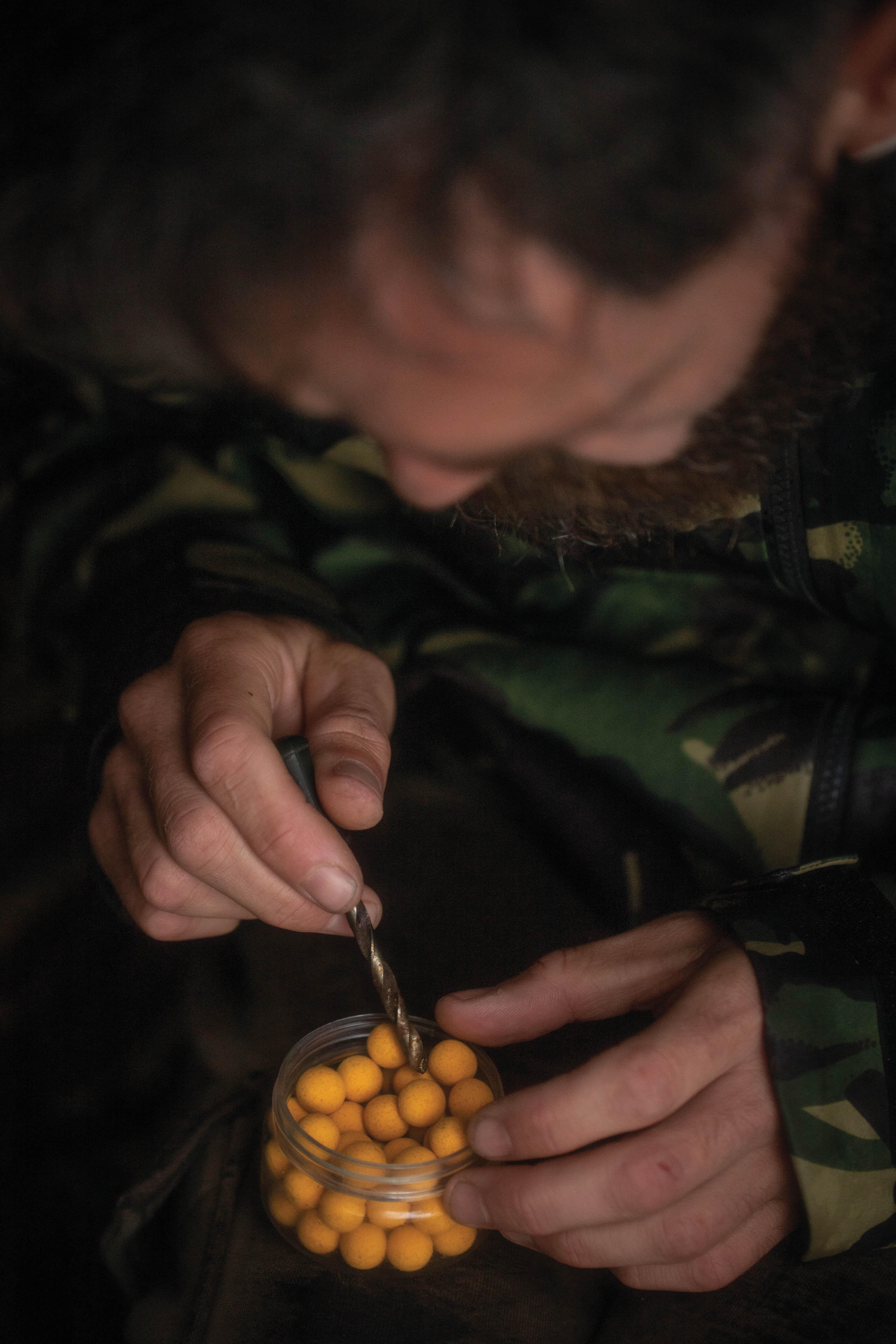
Finesse Pt 7: What To Feed Them
Bait is a little less obvious in terms of how to use it with finesse, but there is certainly an art to its application that often involves some. As with all other aspects of my fishing, I try to keep it as simple as possible. I have a freezer full of one boilie at a time (Krill, April to November; Manilla, December to March), and alongside that I use freshly prepared hemp and tiger in the summer, and some maggot and caster in late autumn and winter. It couldn’t be simpler. I keep a few liquids and powders in a bucket, and with those few simple base ingredients I can prepare all manner of mixes for all manner of situations. If I’m fishing the margins of a gin-clear pit, I want a nice, subtle, ‘dark’ mix, and so I’d opt for some crumb, broken bits of boilies, hemp and maybe the tigers. If I’m fishing somewhere in Europe, it might just be straight 24s crusted up to the hilt with the powders. If it’s minus three degrees, I might be using a few handfuls of maggot and some fine Manilla crumb. If I’m fishing off the barrow in spring and casting at shows, it might be a dozen 16s spread with the stick. There’s no finesse whatsoever in Spombing a big bucket of bait over their heads in the spring when they’re primarily nomadic, looking for the sun and generally in the upper layers and still not eating much. The finesse is in the application, and deciding what to use on any given day.
KEY TAKEAWAYS
PT7.1 Keep your bait choices limited, but to things you trust 100 per cent.
PT7.2 Take care of your bait, and prepare it well if you’re making your own.
PT7.3 Tailor the bait and mix to the spot and situation.
PT7.4 Try and be flexible with your approach, rather than doing what is easy.
PT7.5 Less is very often more.
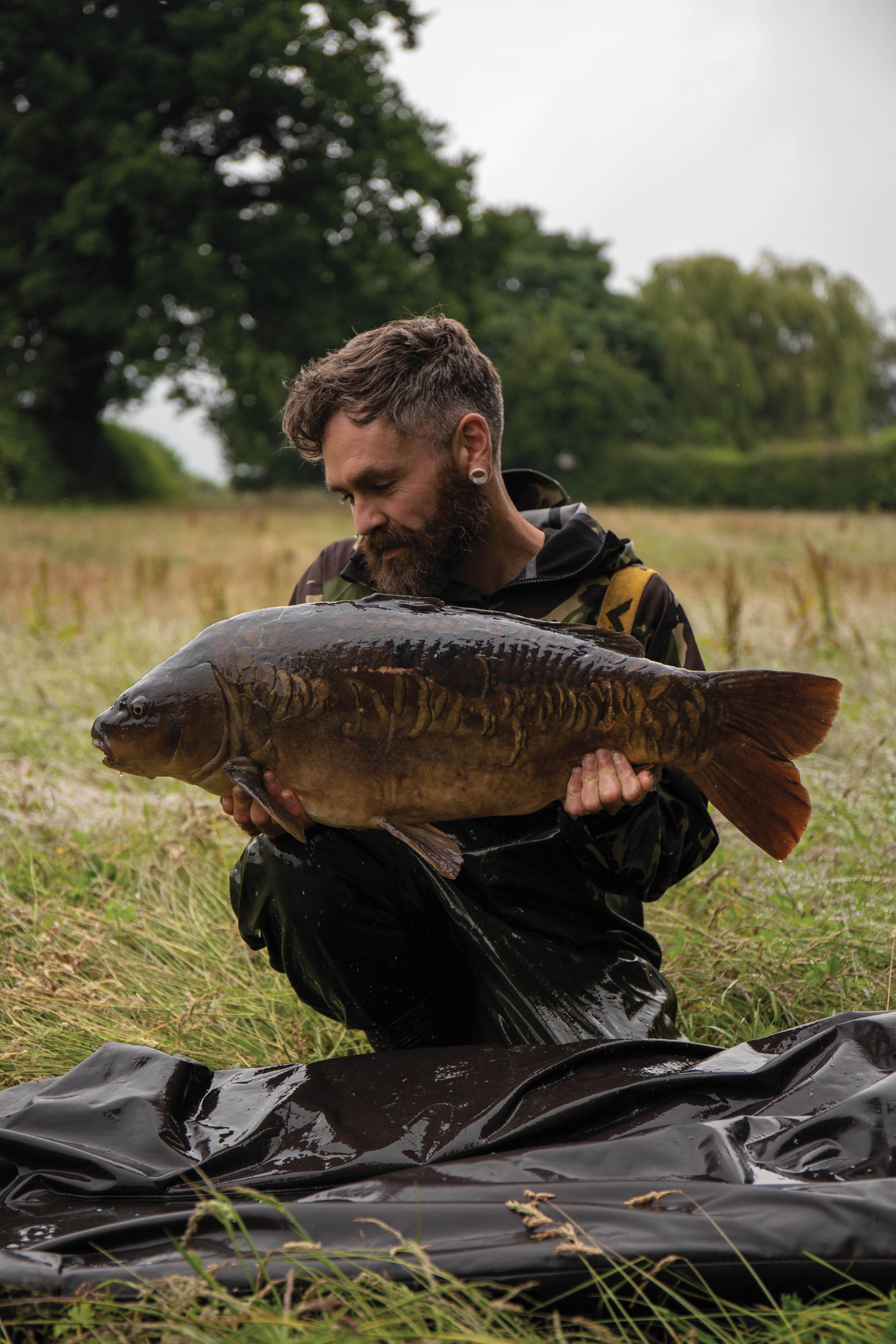
Finesse Pt 8: How To Feed Them
How I bait, and what I do with my mix are linked directly to the spots I’m fishing and the situation in front of me. You could write a whole article on this one as well, but really it is more often than not down to the spots themselves. If they are small, and at any kind of range, then a Spomb is the only viable option, and as such, I will tend to opt for a mix with smaller items in it, rather than loading a tight area with a pile of boilies. It might include hemp, broken baits, chopped tiger, some whole ones… and the hookbait will be tailored to fish over that accordingly, as you will be baiting tight, and keeping the carp on a small spot. Again, the finesse is firstly in the decision, but then also in the application. If it’s a small spot, loose Spombs, short ones and inaccuracy will likely lead to a badly presented area and less chance of a bite. If the spot is bigger, or it is open water, then options are wider and a nice spread with a stick or catty is an option as well as a Spomb. If it’s short range (up to about 40yds), a match catty is the perfect tool for putting single boilies incredibly accurately.
If you ever spend any time fishing and baiting from a boat and onto spots you can see, it is incredible how blatant a kilo or two of bait looks like on the bottom. I almost always end up using less bait rather than more when I can use a boat, simply because of the finesse in the way you can set-up the situation. I watched the Hardwick Lin spook off a PVA bag of maggot in the gin-clear water of the bay behind Witney Point last March. Thankfully, the vortex created when it flinched, just fanned the maggot out from the obvious side plate-sized patch into something more subtle. Second time round when she came back, it looked far less blatant; she was much happier and hooked herself within seconds.
KEY TAKEAWAYS
PT8.1 Let the spot itself dictate how you will bait.
PT8.2 If you’re baiting tight, a mix of bits can be great.
PT8.3 If you’re in the open water, a spread is often all you need.
PT8.4 Keep an eye on what everyone else is doing, and don’t just copy it.
PT8.5 Think hard about how much to apply, and how.
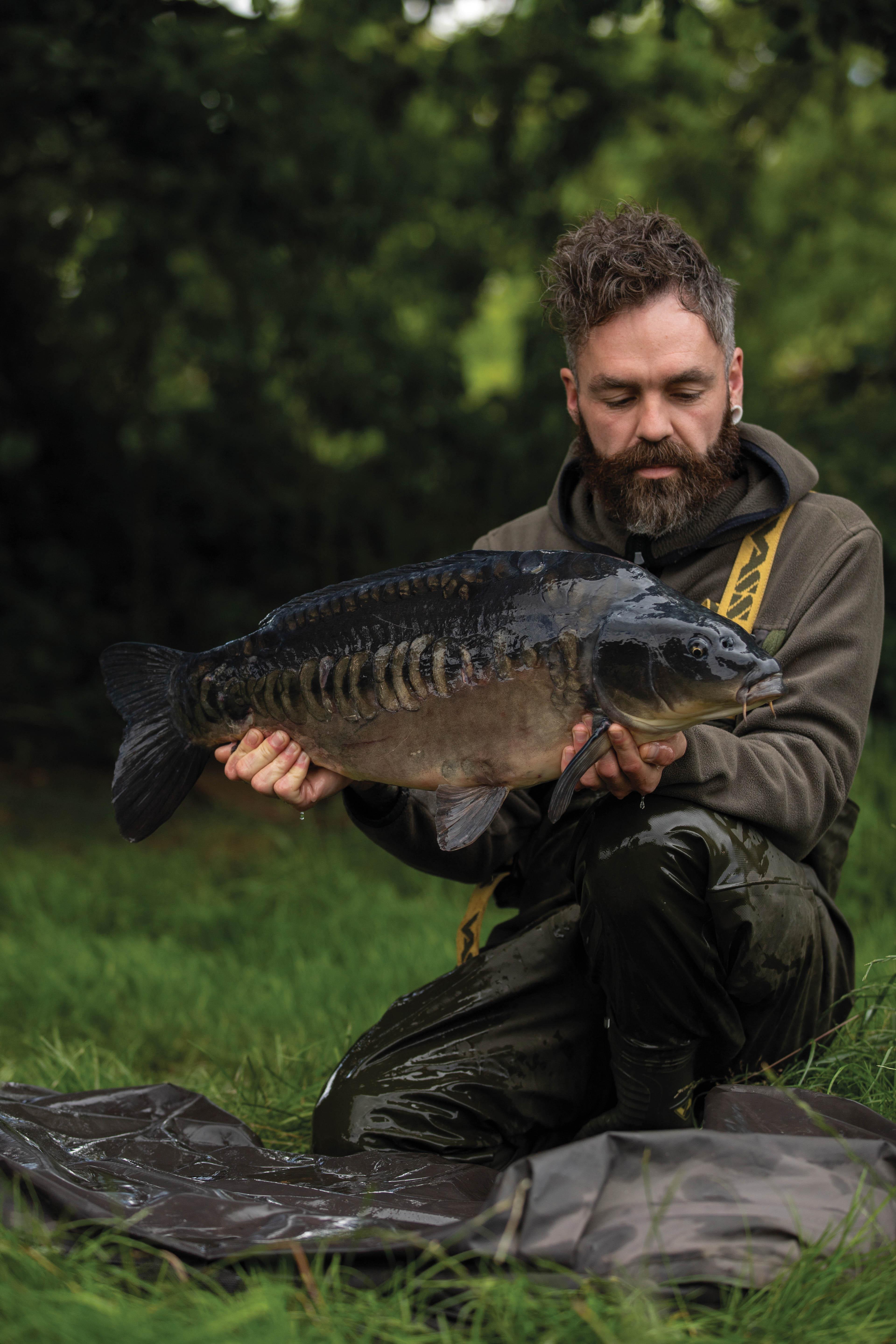
Finesse Pt 9: Where You Feed Them
Spot finding is probably the area where finesse is most vital, and I think it is probably the one area that lets most people down in gaining consistency in their results. My own method, is to do all my spot finding with just a bare lead, on a stiff spod rod with braid straight through—never with a float attached, as the upwards pull from the buoyant float just reduces the sensitivity you have, and contact to the lead. I always pull to my left, with my left hand part way up the blank. Reducing the distance between the tip and your hand increases the sensitivity massively, and just holding the rod at the reel has far less finesse and feel to it.
I always look for spots with a certain feel to them. I try to avoid anything lumpy- and claggy-feeling, and I try to avoid the rough, harsh-feeling gravel. I look for the super-smooth glassy areas of silt, and the super-fine sandy, gravelly spots. The finesse here is that these areas might only be a few feet square, and part of a much larger area of silt or gravel. You will almost always find there is a spot within the spot, and I rarely settle for just anywhere in the clear. The trick is having the finesse and sensitivity to find the little, better areas. Practise—and being purposeful about it—is the only way to improve in that area.
I always say I will take as many casts as are necessary to find the spot I am looking for, and no more. I hate having to thrash an area up to find a good spot; it is never conducive to catching, and so reading the situation and using some finesse in that sense are important. If you’re casting at shows or fish clearly in residence, and ones likely not to stick around if you have 30 casts looking for a spot, then two casts with two helis with stops set high, is probably the right call.
KEY TAKEAWAYS
PT9.1 Not all spots are equal; look for the best bits.
PT9.2 Spots within spots absolutely exist; rarely will they all be the same.
PT9.3 Often smaller and less blatant spots are the most productive.
PT9.4 The edges of spots can be more productive than the middles.
PT9.5 Make sure your accuracy, leading and wrapping are consistent.
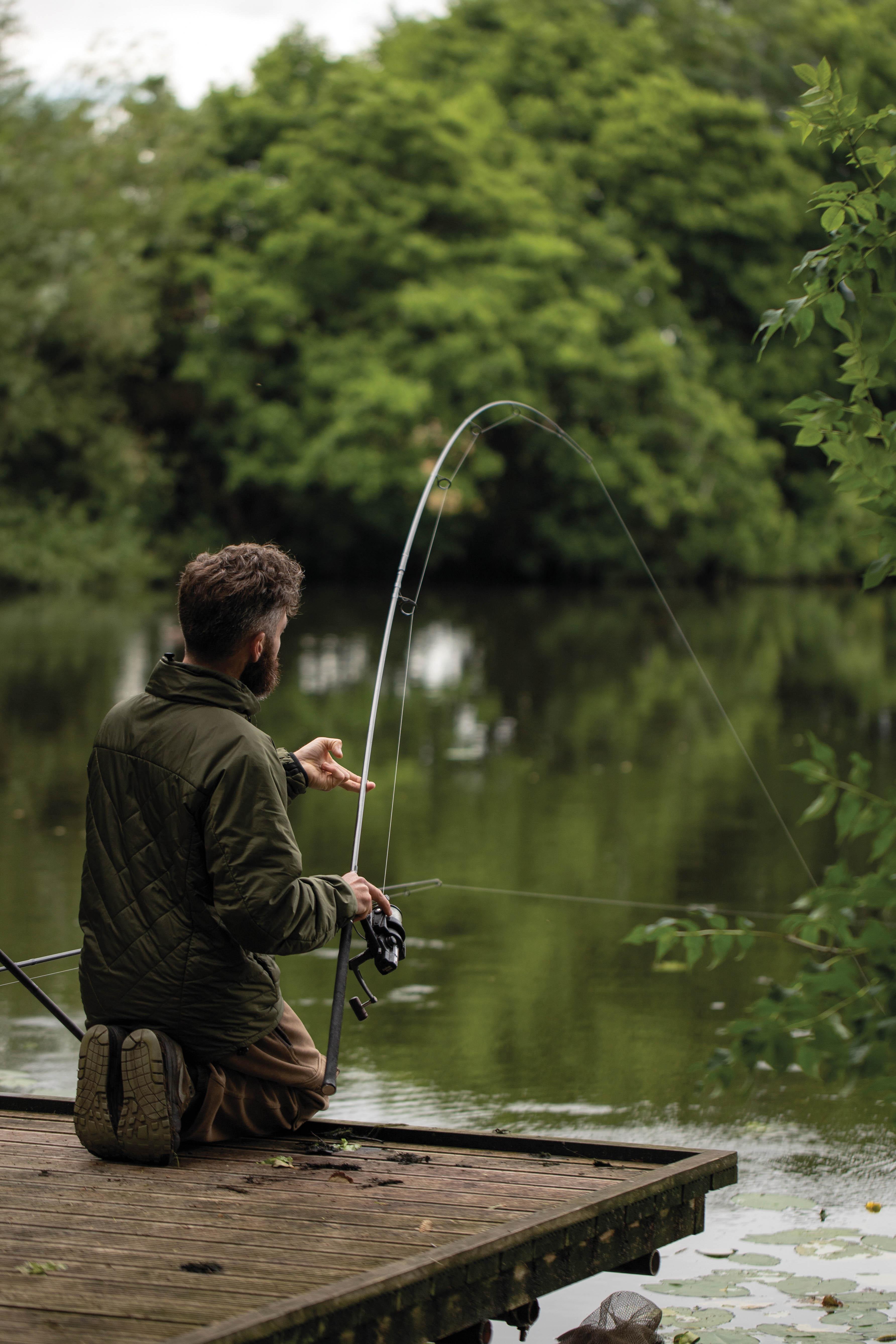
‘Finding the things that work for you, in your situations’
To wrap up, I could probably talk about finesse in almost every area of how I angle, from how I tie on my hookbaits, to how I bait a margin, how I hold my rod when I cast, but ultimately, all these things are personal to some extent, and not necessarily applicable to everyone. My way isn’t the best way. Nor is Darrell’s, Myles’s or anyone else’s—they would attest I’m sure, and would say the same. What is far more important, is finding things that work for you, in your situations, and then doing them as well as you can. And don’t let the idea of finesse put you off. I just consider it more as consistency, and by keeping all those little aspects consistent, I can simply focus on the more important aspects of finding the carp in the first place.
I’ll end with a curve ball: a couple of guys I know who catch loads of big carp, have apparently no finesse to their approach at all—rough rigs, kit all over the place and hanging together with tape and zip ties—and they’d readily admit it; it’s just not how they’re wired. They catch their carp through sheer determination, willpower, baiting missions and raw energy. Finding your own way is much more important than copying anyone else’s. Be lucky.
